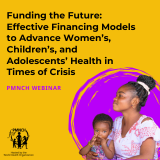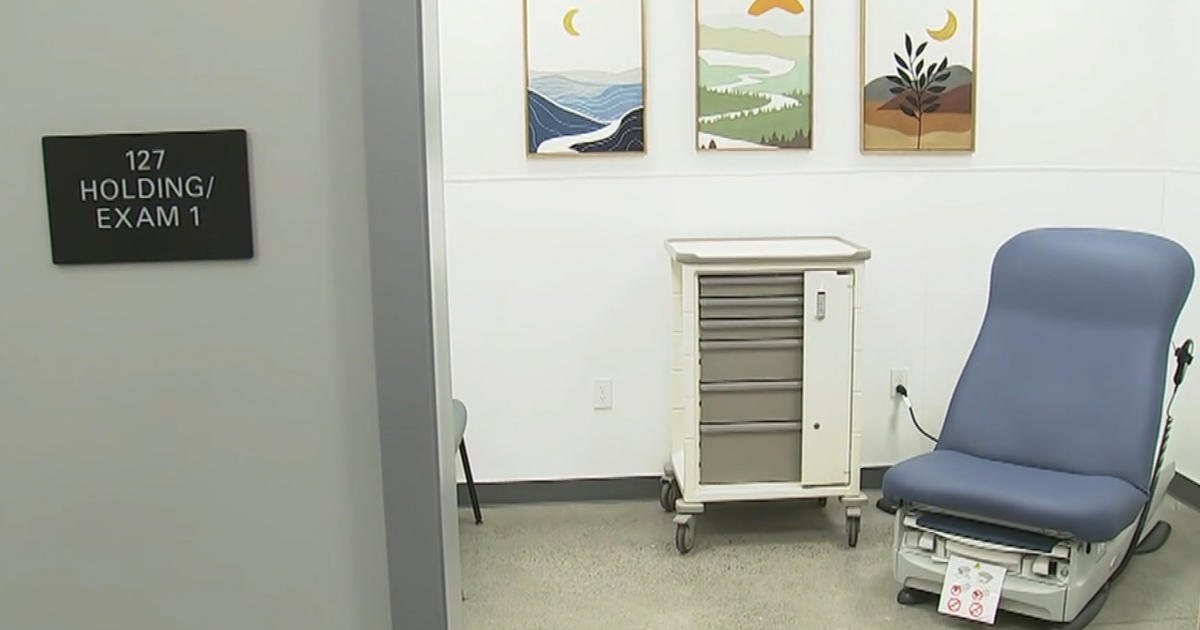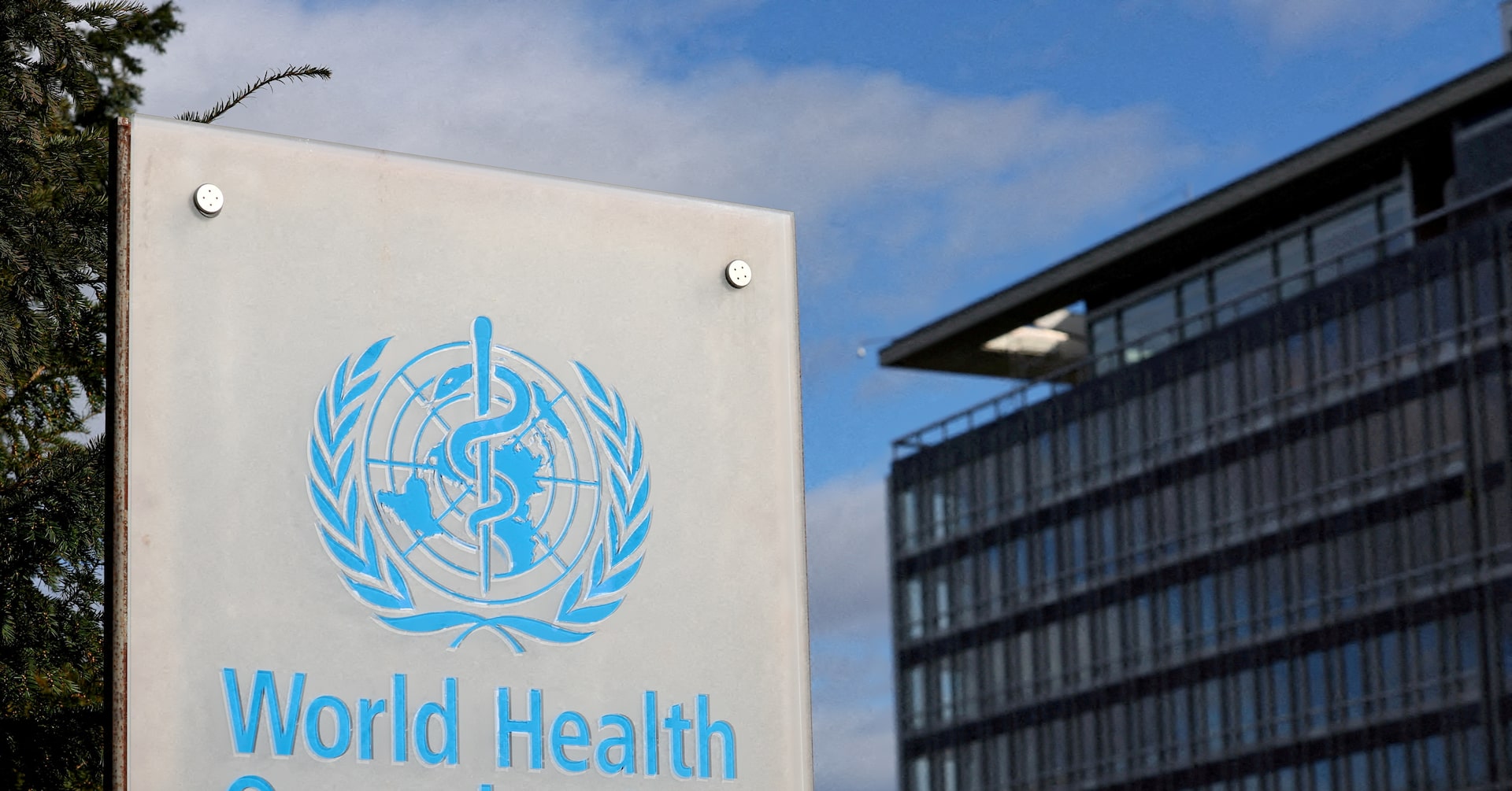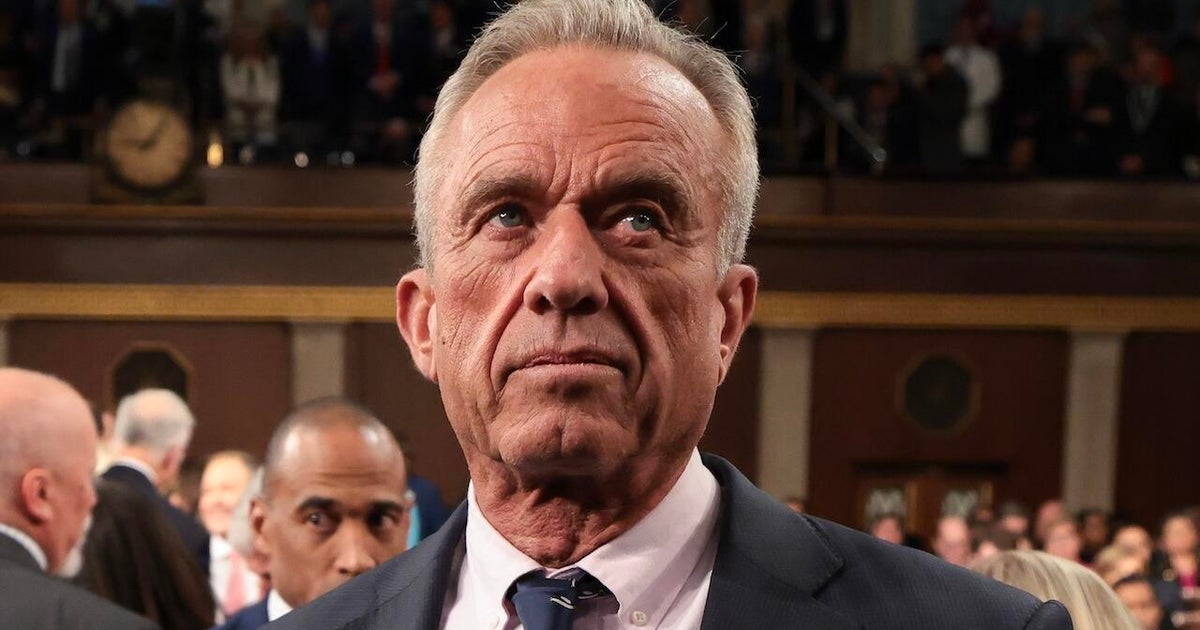Cycling Competition Turns Risky: Measles Alert Issued for Utah High School Athletes
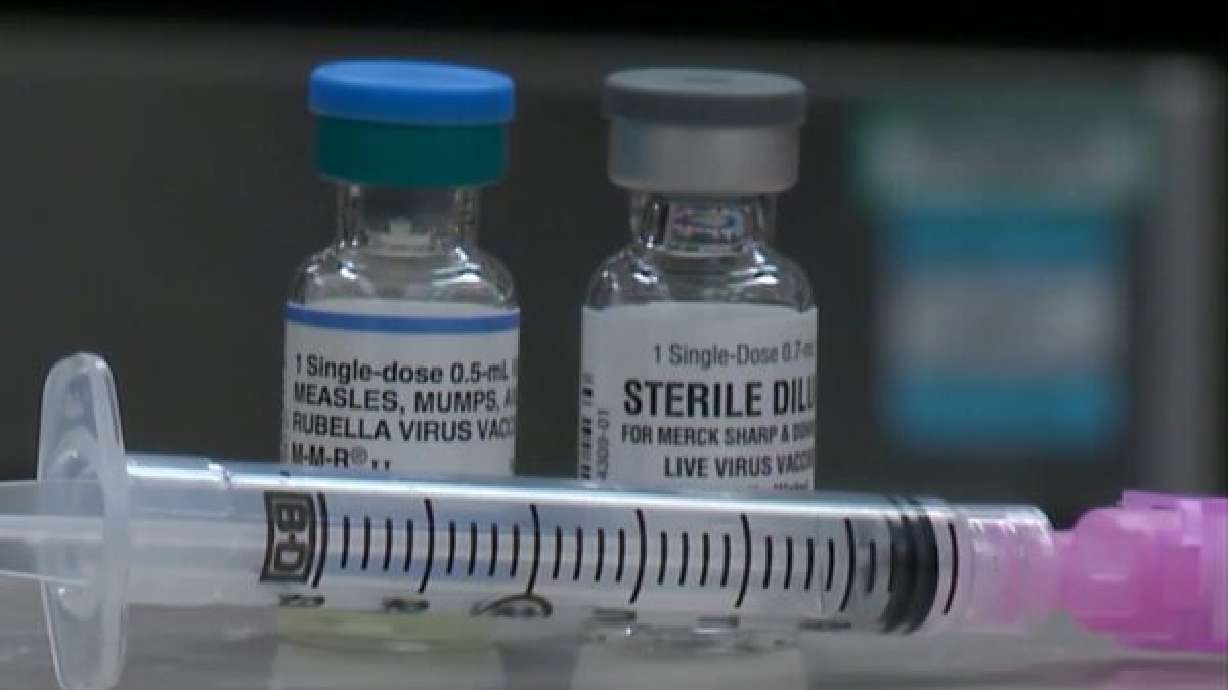
A recent Utah High School Cycling League event in Wasatch County became an unexpected site of potential measles transmission, with public health officials reporting multiple individuals either exposed to or infected with the highly contagious disease during the August gathering.
The incident highlights the ongoing importance of vaccination and health awareness at community sporting events. Health authorities are now working to trace potential contacts and prevent further spread of the measles virus among participants and attendees.
Measles remains a serious public health concern, capable of spreading rapidly in group settings where close contact is common. Participants and their families are advised to monitor for symptoms and consult healthcare professionals if they suspect any potential exposure.


